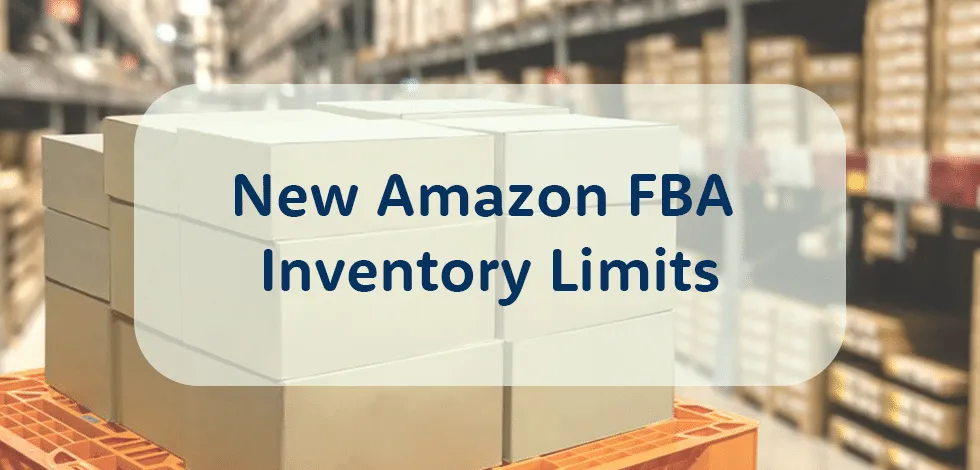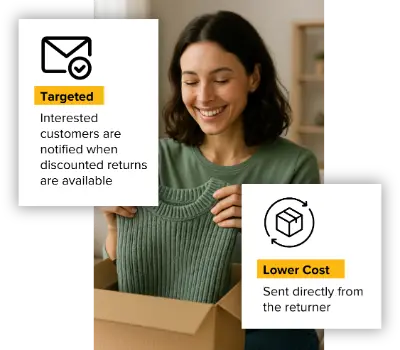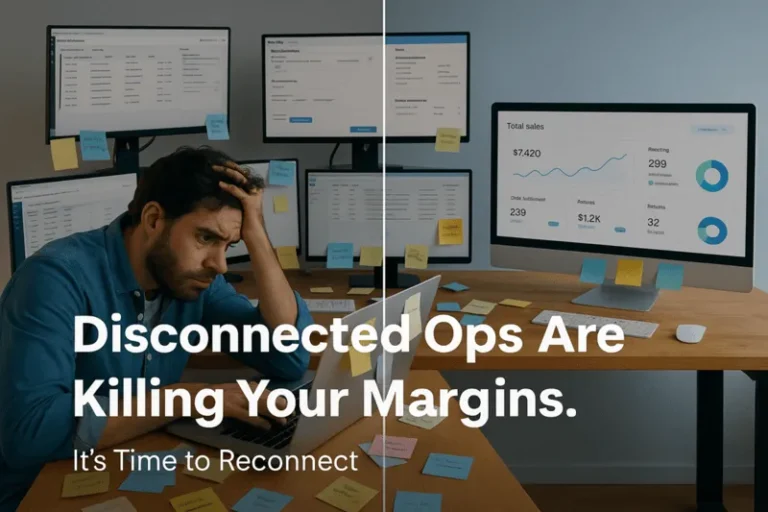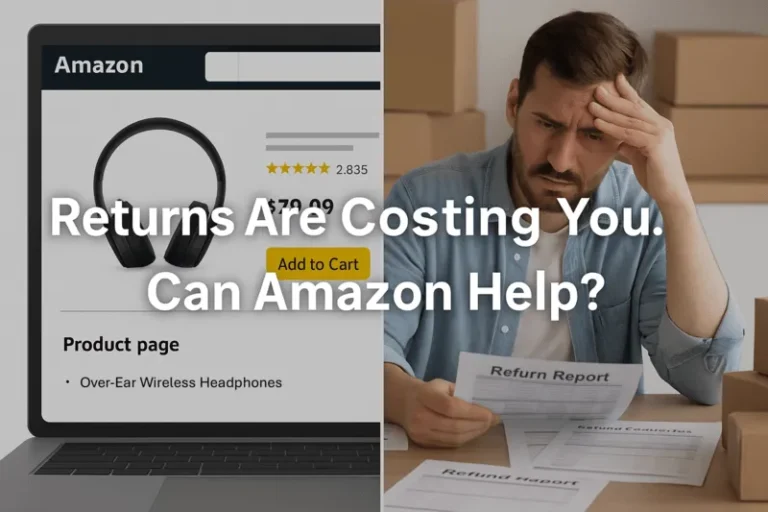Amazon FBA Changes Quantity Limits Again!

Last updated on June 9, 2021

In this article
 6 minutes
6 minutes
Here we go again with yet another tightening of Amazon FBA quantity limits. For many, this latest change means a reduction of overall account-level inventory limits. Most sellers will be affected by this change. But, considering that Amazon made this change just a few weeks before Prime Day ‘21, what will FBA do when space is really strained in Q4? For actionable advice on improving IPI scores and developing alternative fulfillment strategies that can mitigate risk and maximize Amazon sales in Q4 and beyond, check our article and on-demand webinar on How To Improve Your IPI Score & Maximize Amazon Sales
Sellers that are overly dependent on FBA for eCommerce order fulfillment may find themselves poorly positioned to take advantage of Amazon’s Q4 ‘21 sales opportunities that are expected to be the largest on record. Before it is too late, sellers should consider alternative or backup fulfillment strategies that will free them from this latest Amazon restriction or other changes likely to follow as we get closer to the holiday season. And, do not expect much advance notice from Amazon.
What Is Amazon’s New Inventory Restriction?
Amazon announced that effective April 22, 2021, FBA inventory limits are now set at the account-level and based on storage type rather than at the ASIN-level. In other words, there are no longer limits on the number of units that can be stored; however, there are new limits on the total volume of storage space available to hold those ASINs. Because this change impacts total storage limits, it also impacts restock limits. This change responds to seller feedback from a July 2020 ASIN-level quantity limit restriction driven by Covid-19 supply-chain challenges.
Amazon quantity limits, including this new account-level inventory restriction, are impacted by several factors. The two primary factors are the sellers’ Inventory Performance Index (IPI) score and Amazon FBA’s overall storage capacity. Amazon’s IPI score is essentially a measurement of inventory turnover; how efficiently sellers manage their FBA sell-through rates and inventory levels. The faster inventory moves through FBA, the higher the sellers’ IPI score. IPI scores take a hit when ASINs run out of stock or if inventory sits stagnant in FBA fulfillment centers, which leads to a reduction in sellers’ inventory limits. To make matters worse, Amazon has increased the IPI threshold multiple times throughout 2020 and 2021.
Slash Your Fulfillment Costs by Up to 30%
Cut shipping expenses by 30% and boost profit with Cahoot's AI-optimized fulfillment services and modern tech —no overheads and no humans required!
I'm Interested in Saving Time and MoneyWhy Has Amazon Restricted Inventory Limits?
62% of consumers start their search on Amazon, and Amazon saw a 40%+ growth in GMV. Consequently, Amazon fulfillment centers are bursting at the seams, and there’s no end in sight. Amazon currently has over 110 fulfillment centers in the US, but there is simply more inventory being sent to Amazon than they can handle.
What Does The New Inventory Restriction Mean for Sellers?

The intention was to give sellers more flexibility with inventory shipments. However, the response on seller forums is mixed. Sellers whose catalogs comprise primarily small and light items that are fast-moving all year round will be relatively unaffected by this change. On the other hand, sellers whose catalog is a mix of various weights and volumes and sellers whose sell-through rates ebb and flow throughout the year may need to make drastic changes. In addition, merchants that plan to launch new products may suffer, especially the newer sellers who do not have a proven track record on the Amazon marketplace.

Sellers who reach their inventory limit will no longer be able to stock up or send full container loads to Amazon at the beginning of the Q4 holiday shopping season or before a sales event like Amazon Prime Day. This is because additional shipments would be a policy violation. Instead, sellers will need to route shipments to 3PL warehouses and then send multiple just-in-time shipments to Amazon. As a result, these sellers will suffer significantly increased costs and greater complexities with their supply chain logistics.

Sellers that based their supply chain logistics around the earlier ASIN level limits are frustrated with yet another unilateral decision with little to no advance notice. Others are equally discontented by not being able to send more inventory for fast-moving ASINs. Here are a few comments from a seller forum that sum up the overall sentiment around this change.


What Can Sellers Do About The New FBA Inventory Restrictions?
Amazon’s repeated and unilateral changes to inventory restrictions have clearly frustrated many sellers. And as the saying goes, “Fool me once …”. So, whether it’s this latest restriction or others likely to follow in Q4, two things are clear;
- 63% of consumers start their search on Amazon, so regardless of this or any other new restrictions, your products must continue to be offered on Amazon.
- Merchants can’t sit idle. They must seek to understand their options now and be ready to quickly pivot to alternative fulfillment services if necessary to save Q4 sales.
Here’s a quick overview of Amazon FBA alternatives.
Switch to Fulfillment by Merchant (FBM)
As an Amazon seller, you can always switch to offering FBM. However, in addition to the logistics hassles of fulfilling all of your own orders, it is impossible to win the buy box with slow standard shipping, so the outcome would likely be a significant drop in sales. If sellers need to contract with new 3PLs, they could consider using a 3PL Request for Proposal Template to compare apples to apples.
Looking for a New 3PL? Start with this Free RFP Template
Cut weeks off your selection process. Avoid pitfalls. Get the only 3PL RFP checklist built for ecommerce brands, absolutely free.
Get My Free 3PL RFPShip Prime Offers Via Seller Fulfilled Prime (SFP)
If you are one of a handful of SFP merchants that have maintained Prime eligibility after the new amazon SFP requirements, you’re in good shape. If you have trouble scaling up, you can contract with multiple 3PLs or seek out an Amazon SFP Fulfillment Partner who is savvy with meeting Amazon SFP delivery speed metrics.
Join a Peer-to-Peer Fulfillment Network
An innovative and affordable alternative to working with 3PLs is outsourcing fulfillment to a peer-to-peer (P2P) e-commerce order fulfillment network. Like FBA, this model enables members to offer nationwide 1-day or 2-day delivery, in addition to the standard economy delivery. A P2P network comprises highly experienced and proven sellers who offer up existing space and resources to provide order fulfillment to other merchants. As a result, costs are generally lower than what you get with a 3PL fulfillment center, and multi-channel sales are the norm. A P2P network can be a good option whether or not the merchant has warehouses of their own. In addition, merchants with excess warehouse space and fulfillment capacity can tap a new revenue stream by fulfilling orders for others.

Turn Returns Into New Revenue





